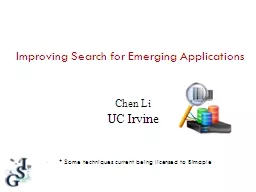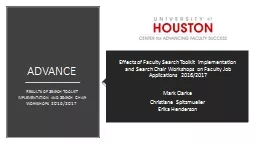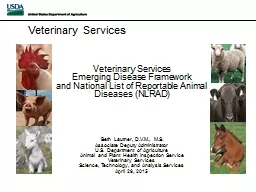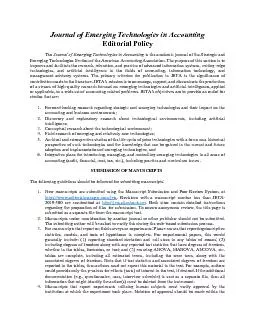PPT-Improving Search for Emerging Applications
Author : phoebe-click | Published Date : 2015-11-22
Some techniques current being licensed to Bimaple Chen Li UC Irvine Overview of my UC Irvine Research Text research main focus of this talk Dataintensive computing
Presentation Embed Code
Download Presentation
Download Presentation The PPT/PDF document "Improving Search for Emerging Applicatio..." is the property of its rightful owner. Permission is granted to download and print the materials on this website for personal, non-commercial use only, and to display it on your personal computer provided you do not modify the materials and that you retain all copyright notices contained in the materials. By downloading content from our website, you accept the terms of this agreement.
Improving Search for Emerging Applications: Transcript
Download Rules Of Document
"Improving Search for Emerging Applications"The content belongs to its owner. You may download and print it for personal use, without modification, and keep all copyright notices. By downloading, you agree to these terms.
Related Documents














